Dog Muscle and Weight: How to Get Your Dog to Bulk Up
Introduction
Optimizing a dog’s muscle mass and weight is crucial for their overall health and well-being. Understanding the factors influencing canine weight and muscle development is essential for tailoring effective strategies. This article will delve into the importance of muscle mass, breed-specific weight dynamics, and factors affecting weight. Furthermore, it will explore proven methods for building dog muscle and weight through tailored nutrition, exercise programs, supplementation, and progress monitoring, empowering dog owners with the knowledge to enhance their furry companions’ physical condition.
**1. Understanding Dog Muscle and Weight**
### Importance of Muscle Mass for Dogs
A well-developed canine musculature supports various crucial aspects of a dog’s well-being and performance:
– **Mobility and Agility:** Strong muscles provide dogs with optimal mobility and coordination, allowing them to move, jump, and play with ease.
– **Injury Prevention:** A robust musculature acts as a natural protective layer, reducing the risk of injuries and sprains during physical activities or accidents.
– **Metabolic Regulation:** Muscle mass plays a significant role in metabolism, aiding in energy expenditure and nutrient utilization. Maintaining an adequate muscle mass helps prevent obesity and related health issues.
– **Overall Health and Longevity:** Dogs with optimal muscle development tend to exhibit higher levels of physical fitness, endurance, and overall vitality, contributing to a longer and healthier life.
### Breeds Prone to Weight Gain or Loss
Certain dog breeds are genetically predisposed to weight fluctuations:
**Breeds Prone to Weight Gain:**
– Labrador Retrievers
– Golden Retrievers
– Bulldogs
– Pugs
**Breeds Prone to Weight Loss:**
– Whippets
– Greyhounds
– Salukis
– Afghan Hounds
Understanding breed-specific propensities can assist in tailoring weight management strategies accordingly.
### Factors Affecting Weight
Several factors influence a dog’s weight, including:
– **Age:** Puppies and senior dogs often have different nutritional and exercise requirements than adult dogs.
– **Activity Level:** Active dogs, such as working breeds and sporting dogs, typically require more calories and exercise to maintain a healthy weight compared to sedentary dogs.
– **Diet:** The quality and quantity of a dog’s diet significantly impact weight management. A nutritionally balanced diet with appropriate calorie content is essential.
– **Hormonal Imbalances:** Thyroid and other hormonal issues can affect weight gain or loss in dogs. Regular veterinary checkups can help identify and address any underlying health conditions.
– **Genetics:** Certain genetic factors can influence a dog’s metabolism and predisposition to weight gain or loss.
The #1 Free Source for Pitbull & Bully Pedigrees!
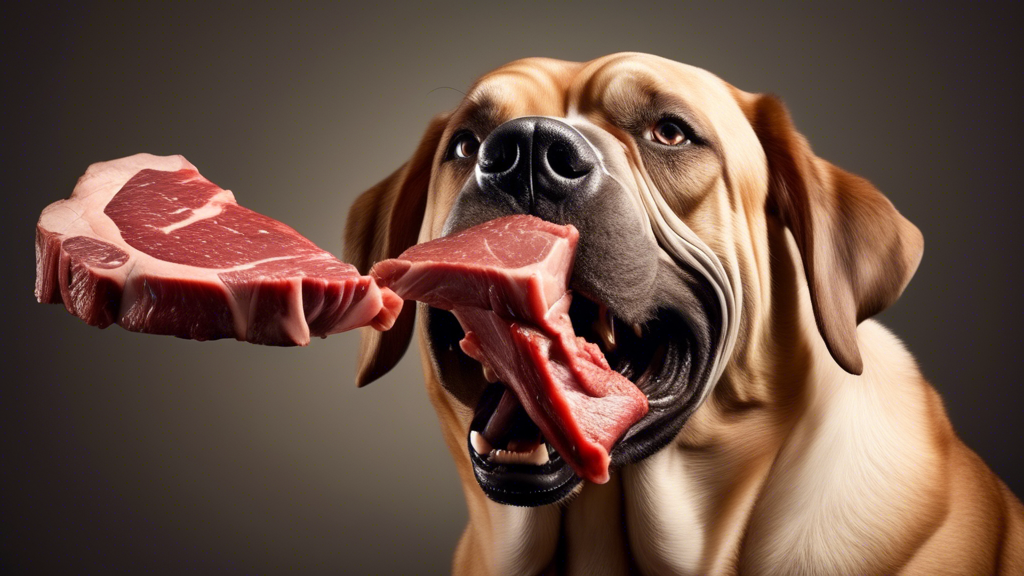
**
Strategies for Building Dog Muscle and Weight
**
Tailoring a High-Protein, Nutrient-Rich Diet
Muscle growth relies heavily on adequate protein intake. Aim for a diet containing 25-35% protein sourced from high-quality ingredients like chicken, fish, or lean beef. Ensure meals also provide essential nutrients, including vitamins, minerals, and antioxidants, to support overall health and recovery.
Implementing Structured Exercise Programs
Regular exercise stimulates muscle growth and strengthens the cardiovascular system. Include a mix of activities tailored to your dog’s breed and fitness level, such as:
* **Aerobic:** Brisk walks, running
* **Resistance:** Weight pulling, swimming
* **Playtime:** Fetch, chase games
Start gradually and gradually increase intensity and duration as your dog progresses.
Utilizing Supplements Under Veterinary Guidance
While a balanced diet should provide most nutrients, some dogs may benefit from supplements. Consider:
* **Creatine:** A natural substance that aids in energy storage and muscle recovery.
* **Glucosamine and chondroitin:** Joint-supporting supplements that can improve mobility and reduce soreness.
* **Omega-3 fatty acids:** Essential fatty acids that promote muscle health and reduce inflammation.
Always consult with your veterinarian before introducing supplements to ensure safety and effectiveness.
Assessing Progress and Adjusting Strategies
Monitor your dog’s weight and muscle development regularly. Use a body condition score chart to assess body fat levels. If progress is slow or nonexistent, adjust your strategies. Consider factors such as:
* **Calorie intake:** Ensure your dog is consuming sufficient calories to support muscle growth.
* **Exercise intensity:** Gradually increase the intensity and duration of workouts to challenge your dog.
* **Recovery periods:** Provide adequate rest time for muscles to repair and rebuild.
By staying attentive and making necessary adjustments, you can effectively build muscle and weight in your canine companion while maintaining their overall well-being.
**Conclusion**
Enhancing your dog’s muscle mass and weight requires a comprehensive approach that considers their individual needs. By tailoring a protein-rich diet, implementing structured exercise, and utilizing supplements under veterinary guidance, you can effectively promote muscle growth. Regular monitoring of progress and adjustments to strategies are crucial for achieving optimal results. By following these strategies, you can empower your dog with a healthy, well-balanced physique, ensuring their overall well-being and quality of life. Remember, consulting with a veterinarian is always recommended to ensure the safety and effectiveness of any muscle-building efforts.
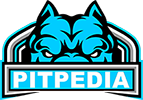







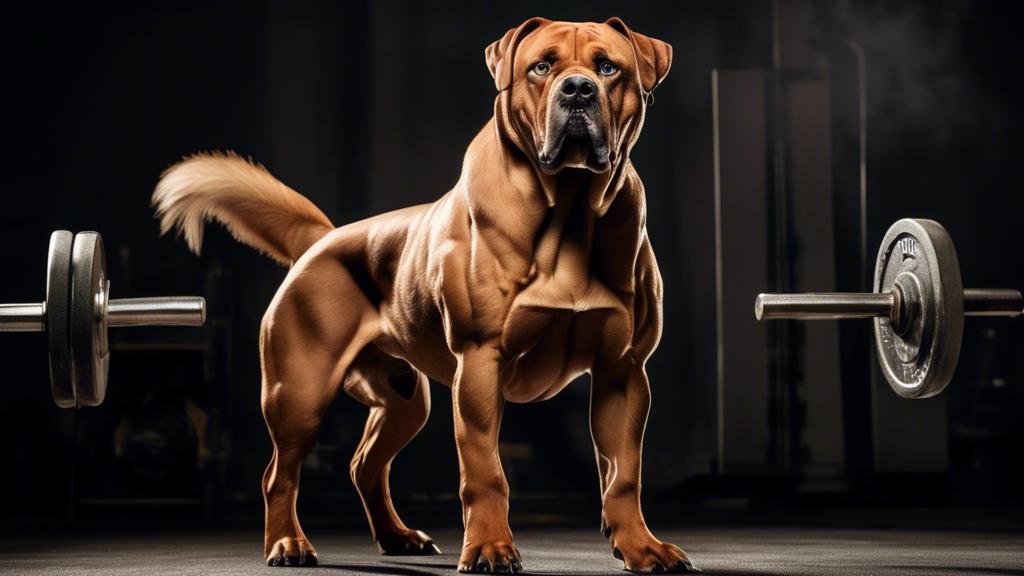
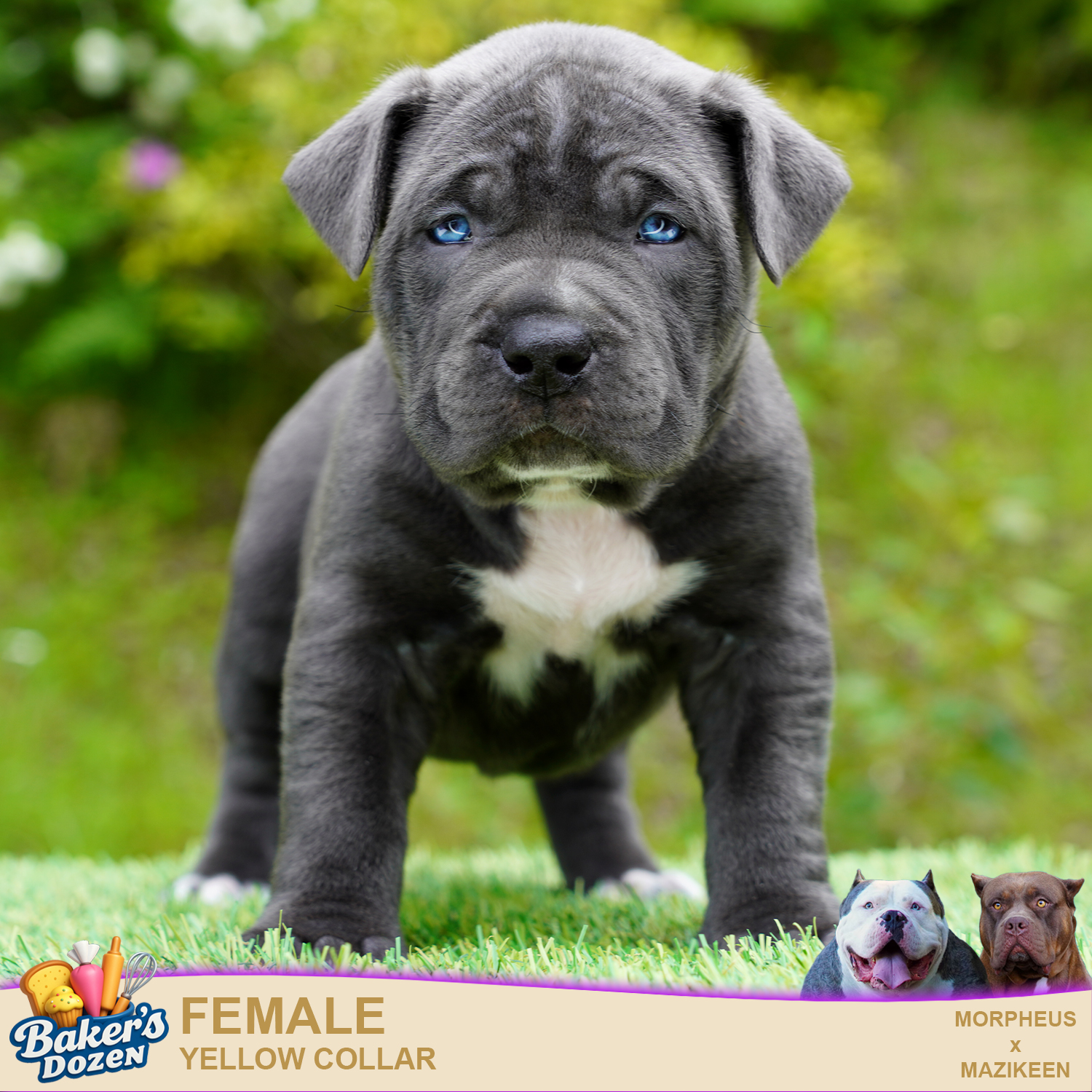

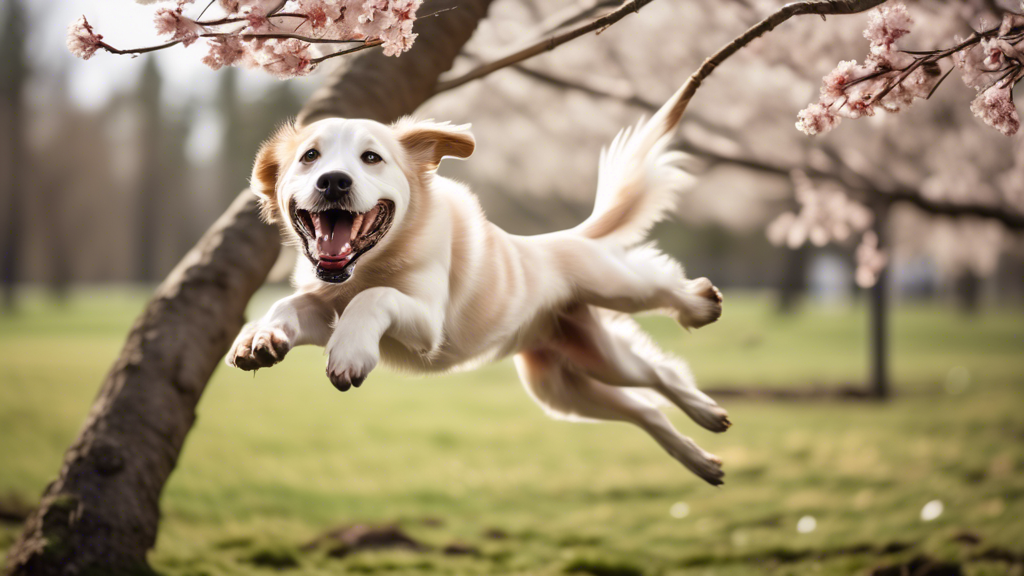
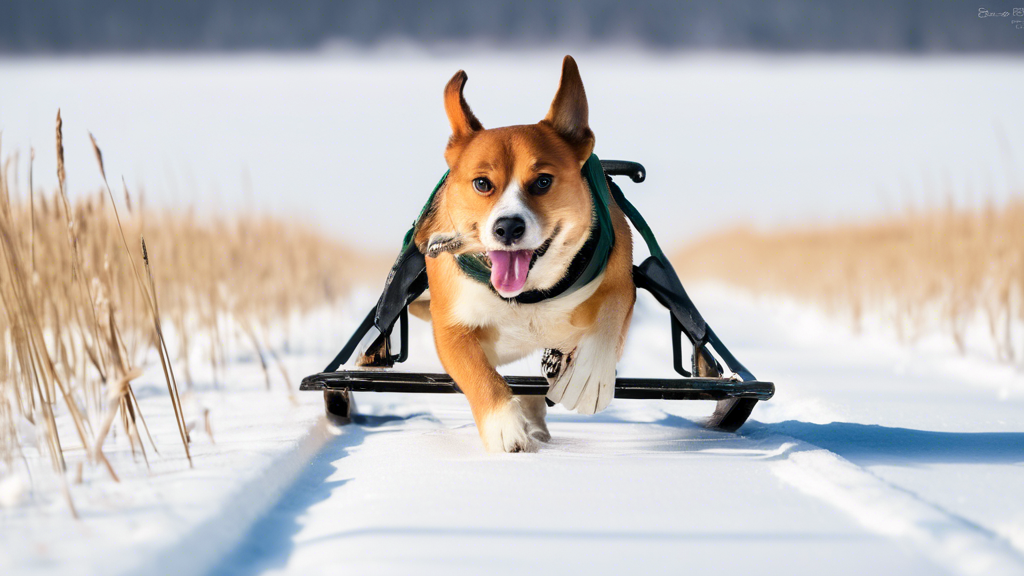
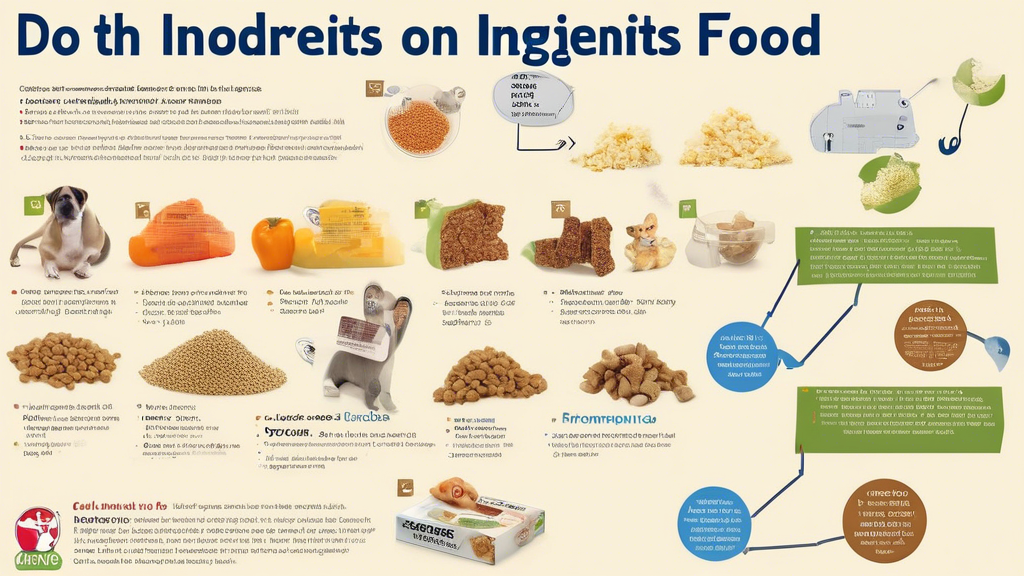
Leave A Comment